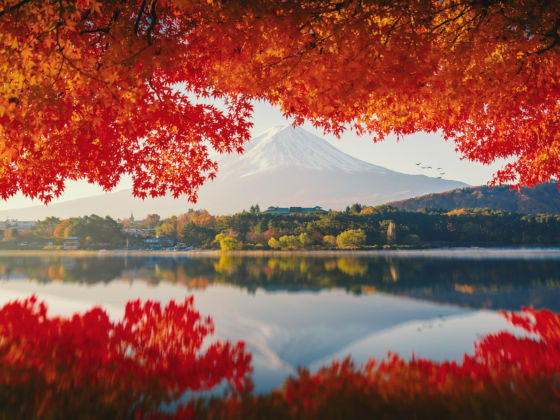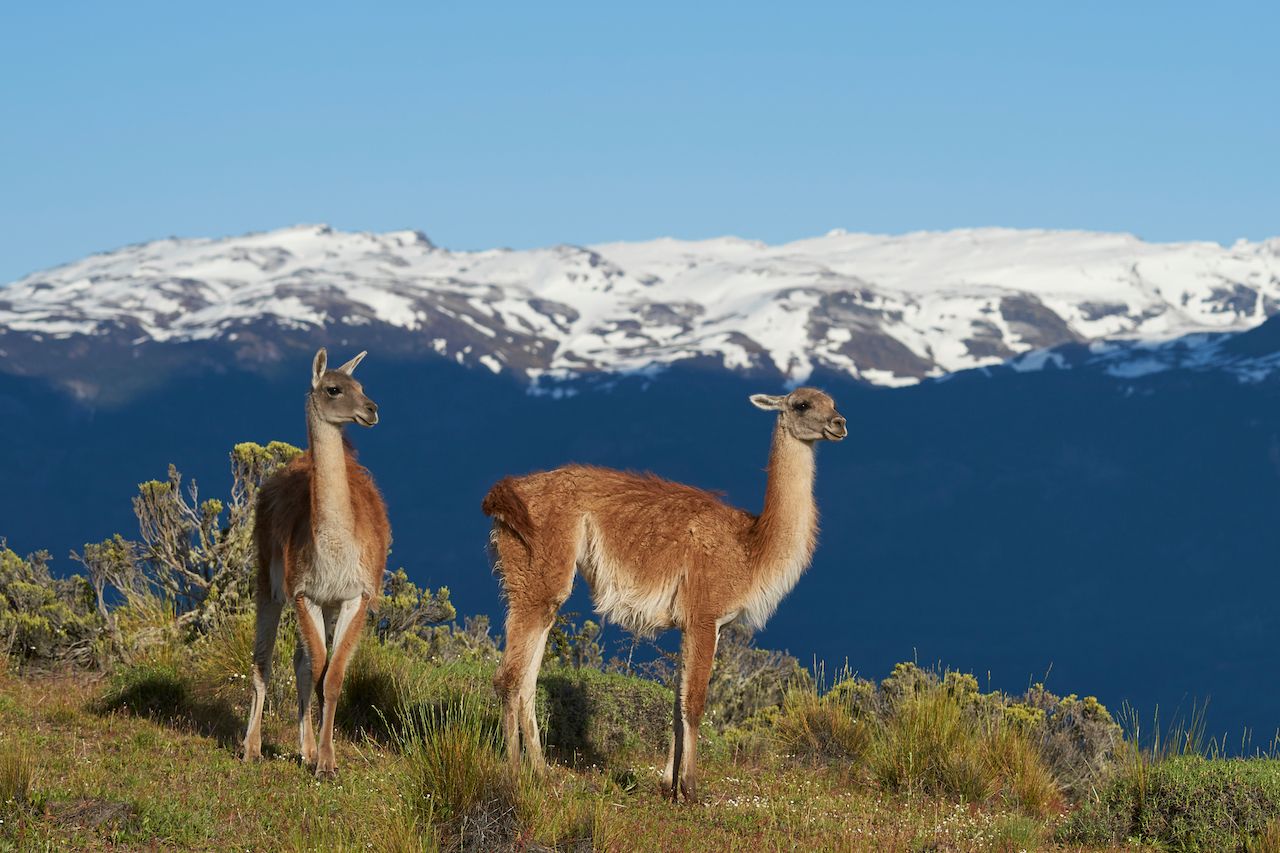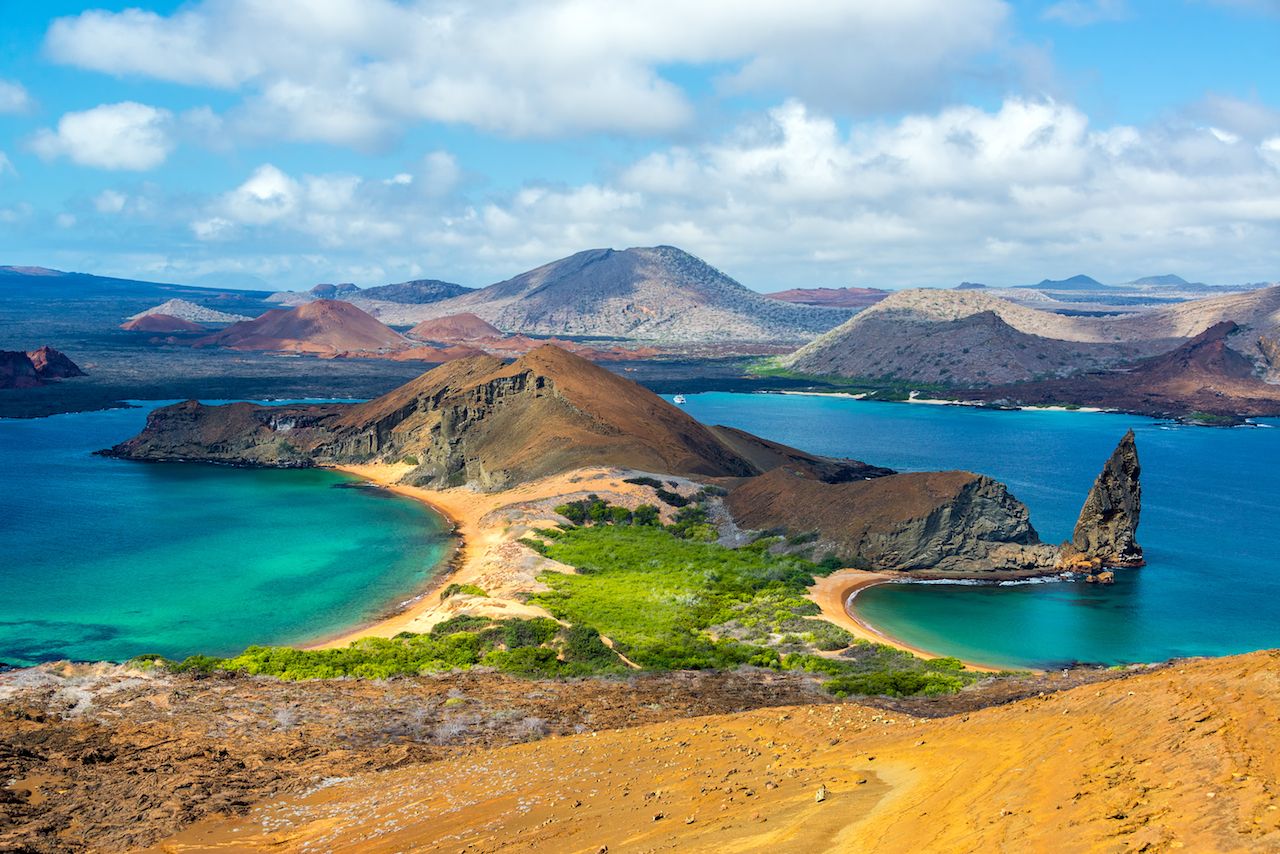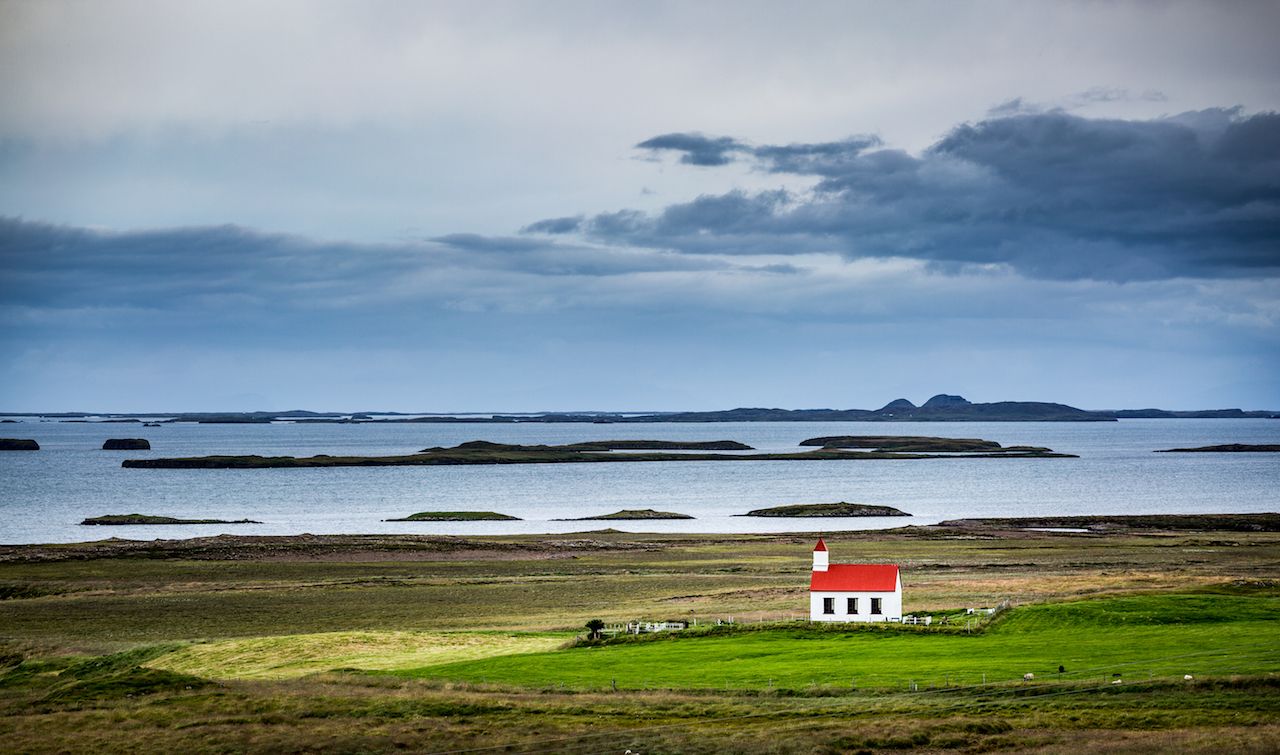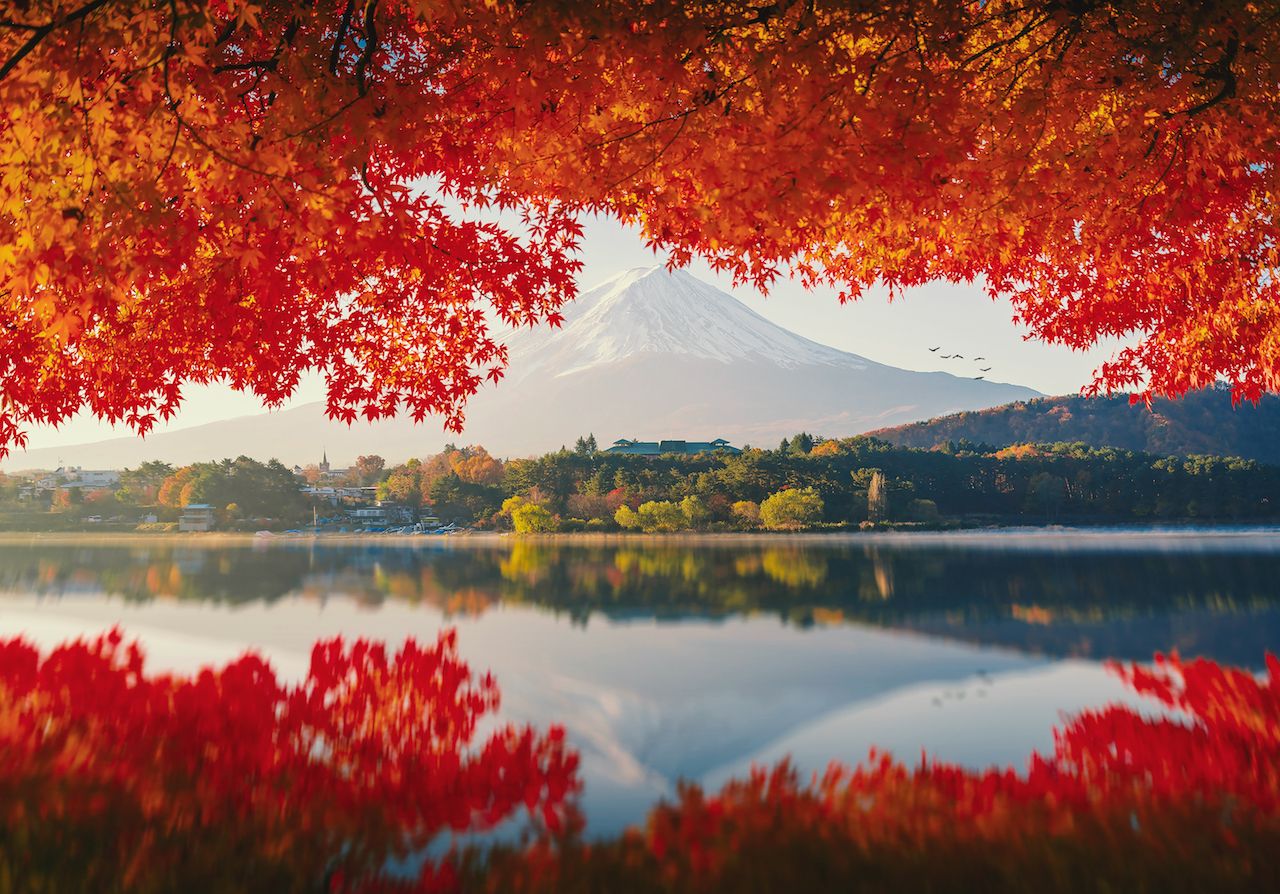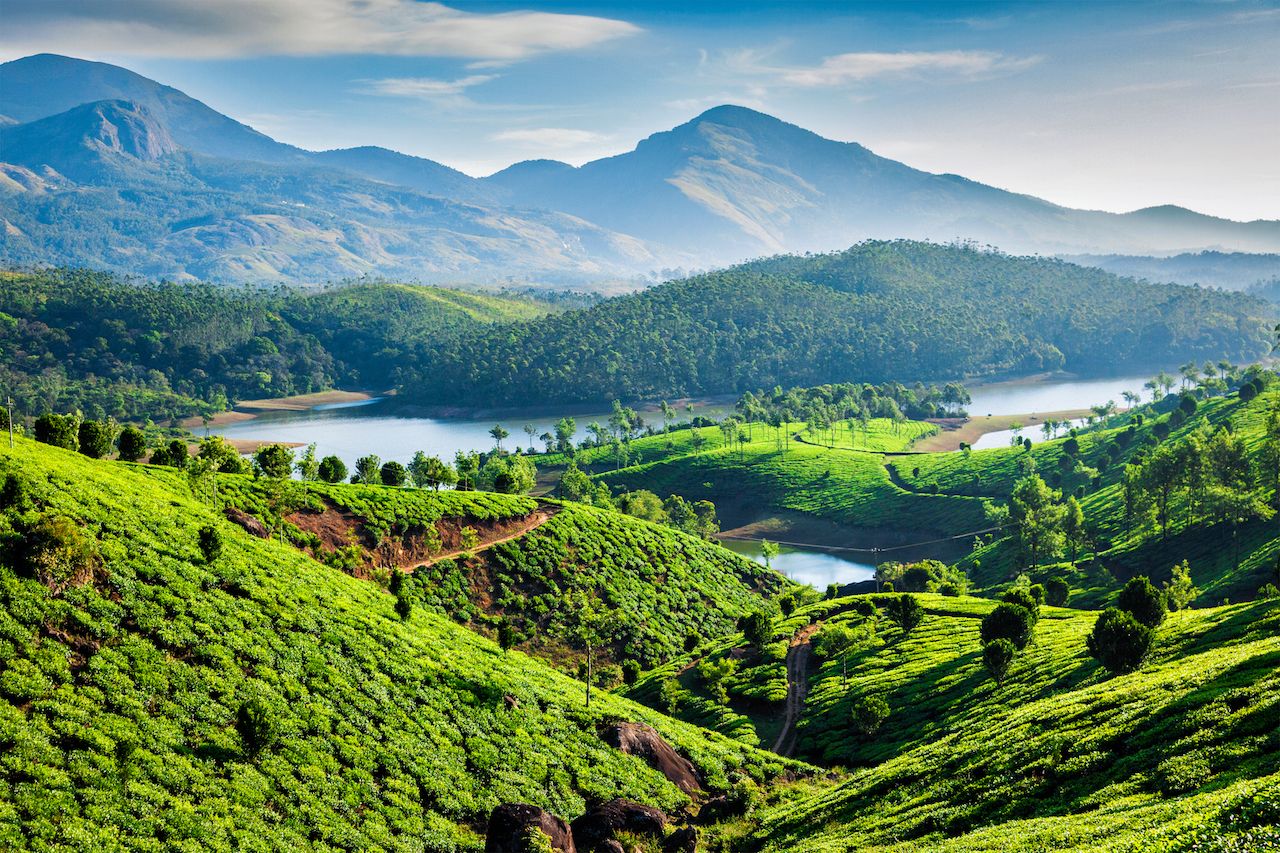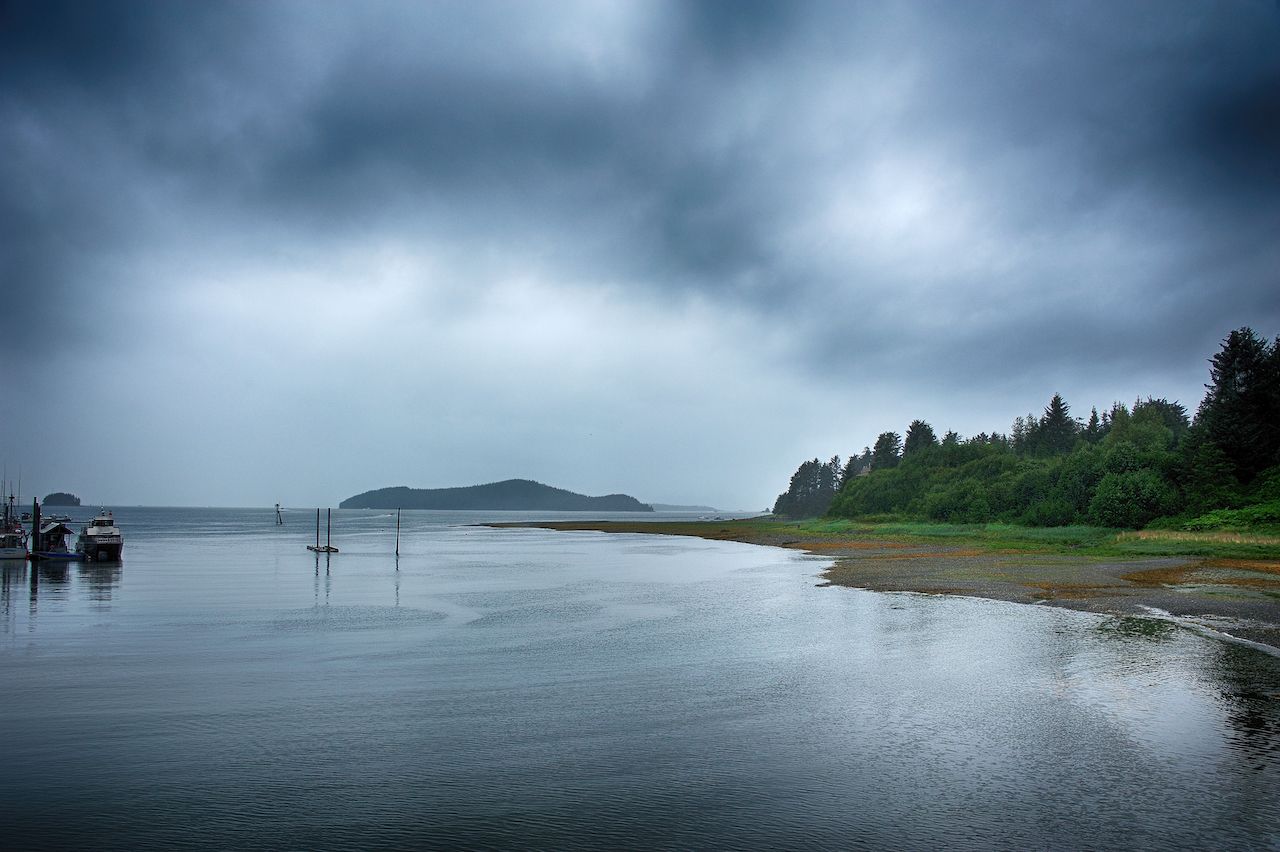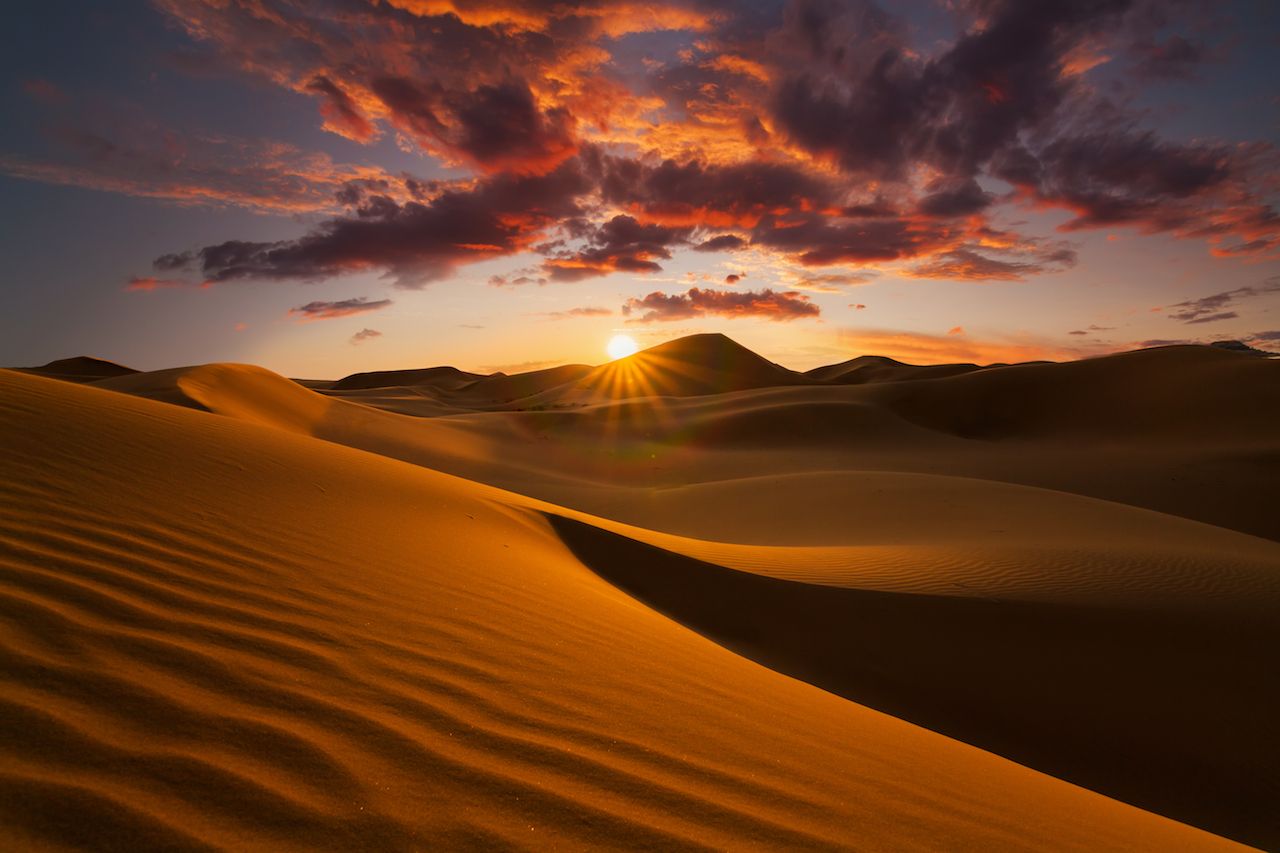Fresh air, wide-open landscapes, and the sound of, well, nothing. We’ve all been told how getting outdoors is good for us, but it’s not just our physical health that it benefits. Just five minutes of outdoor activity — even just walking — can help boost mood and self-esteem, and contact with nature has been linked to reductions in stress, depression, and anxiety.
Yet these days, it seems we’re more reluctant than ever to switch off. Eighty-four percent of US citizens live in urban areas, the average person spends 24 hours a week online, and rapidly improving WiFi and mobile connections are making it more and more difficult to find places where it even feels possible to unplug from the matrix of modern day life.
As a result, we’re missing out on some of the best views, experiences, and remote destinations nature has to offer — not to mention the invaluable opportunity to unwind and mentally recharge.
Here are 10 of the best destinations where it’s possible to do just that.
